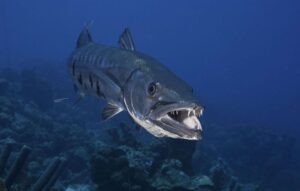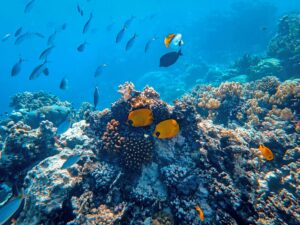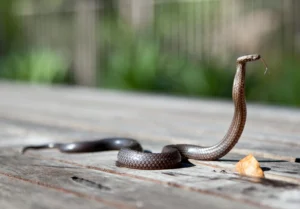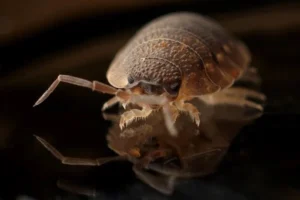Rare event: Orcas kill a blue whale!
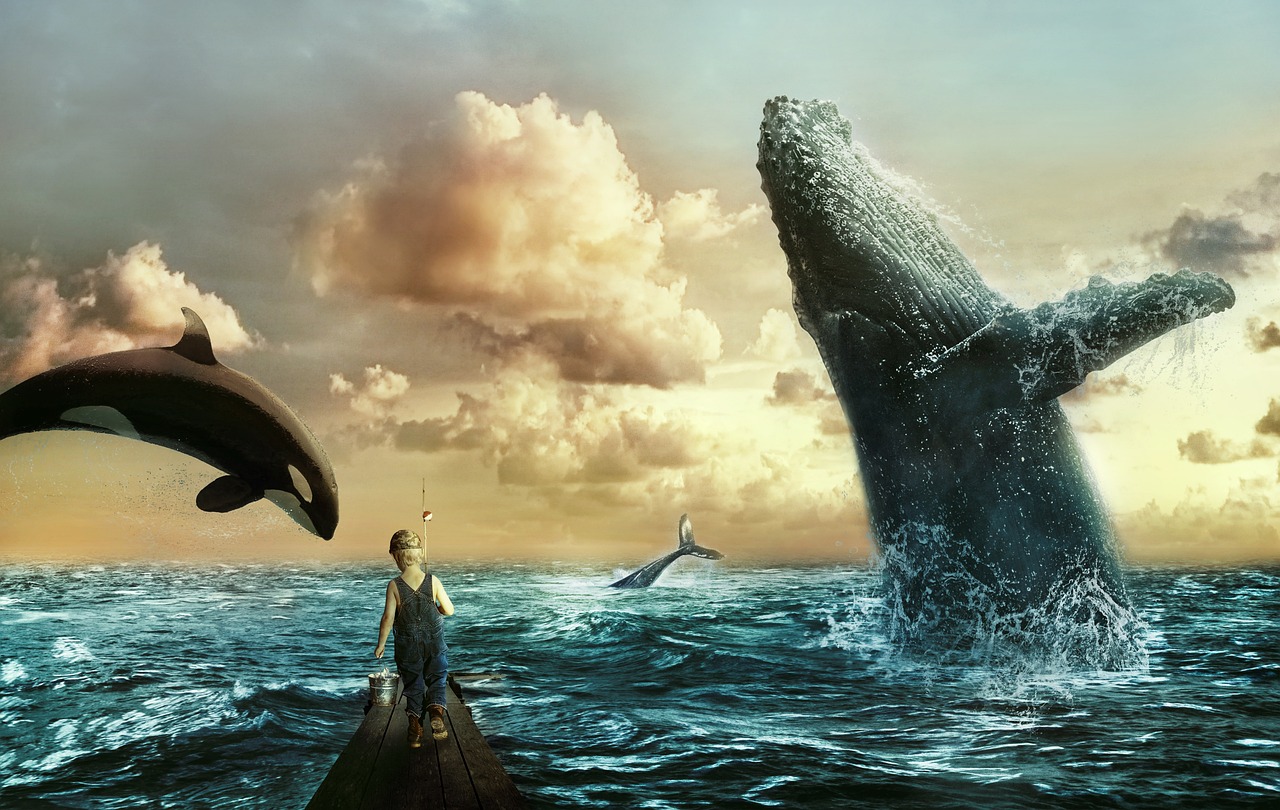
Marine biology experts indicate that this new discovery could herald a bright future for these marine predators.
The scene begins with a chase between 12 orcas and a prey that is struggling with exhaustion.
And when the prey slows down, more orcas join this fierce group. Twenty jaws reinforced with sharp teeth tear into the flesh of the prey, then they work together to force it to dive beneath the water’s surface, where it will not resurface.
But this chase is different! The incident mentioned occurred in “Bremer Bay,” southwest Australia, and it is the first time humans have successfully observed orcas hunting and preying on the endangered blue whale, the largest animal ever.
Scientists describe three similar incidents, two of which occurred in March and April of 2019, and the third in March 2021, as part of a study published in the journal “Marine Mammal Science.”
Robert Pittman, one of the study’s authors and a marine biologist at Oregon State University, says, “This is the largest predation event on the planet, with the largest predator facing off against the largest prey.” “We don’t have dinosaurs now, so this event for me, as a marine biologist and zoologist, is an amazing event.”
Humans have observed orcas hunting most species of whales around the world. But most of the attacks occur against calves, according to footage from amateurs filming with mobile phones and drones.
One of these clips was taken in Monterey, California, in 2017, showing orcas attacking a blue whale, but they did not kill it. David Donnelly, a marine biologist from the Dolphin Research Institute in Australia, says, “It was only a matter of time before we observed such an incident.” He adds that it is fortunate that the anticipated incident occurs in “Premier Bay,” where orca whales are regularly present every year.
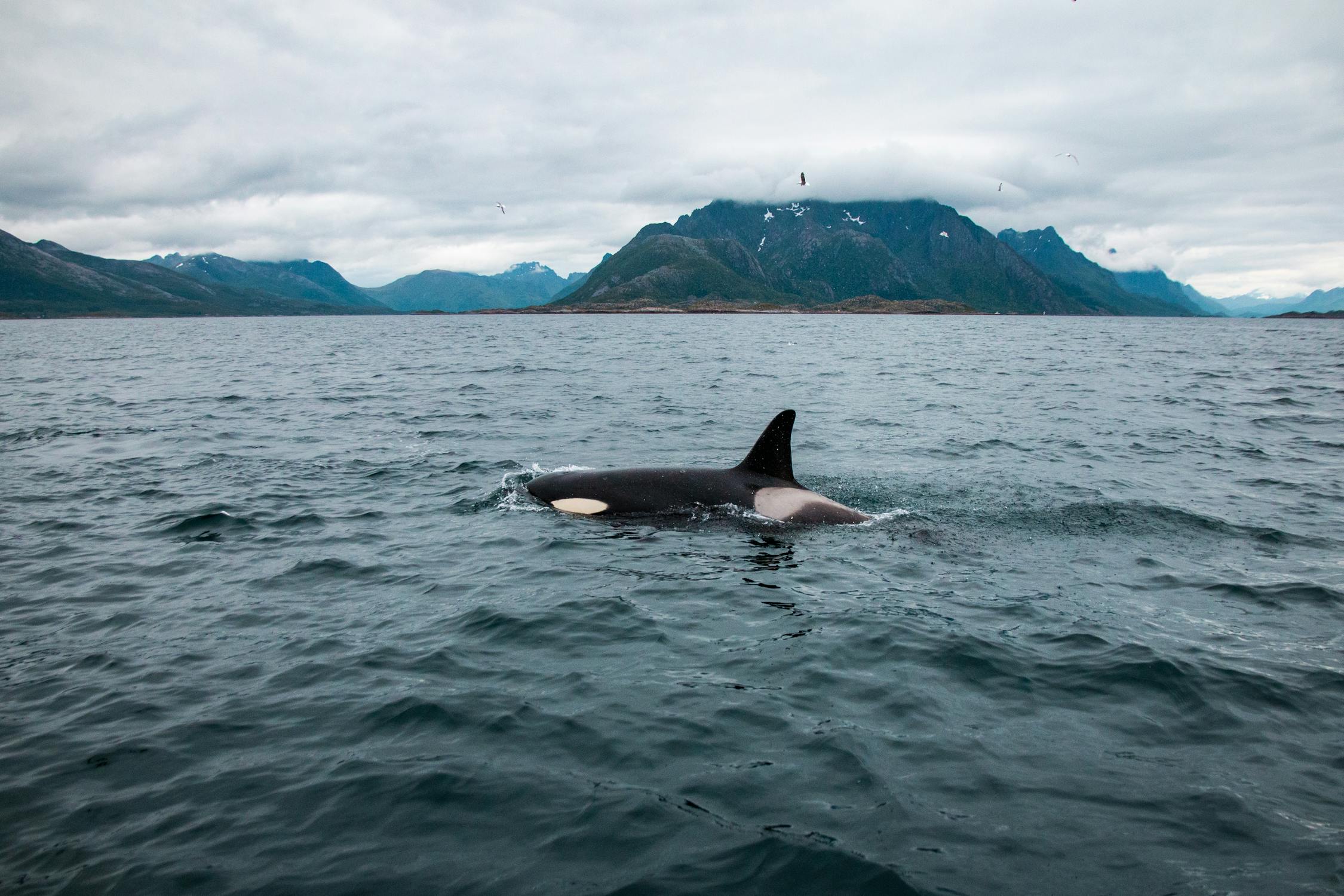
The bottom of “Premier Bay” consists of a deep trench that pumps cold, nutrient-rich currents to the surface, supporting a diverse food web that includes plankton, bluefin tuna, and salmon, as well as sperm whales, rare beaked whales, and several species of sharks. Donali says, “All creatures that pass through this area can become food for the orcas.”
Chases need to be studied
In two chases, the orcas targeted small whales, one of which was a calf and the other was a year old. In the third hunt, the orca caught an adult whale measuring about 21 meters in length, while the largest orca does not exceed about 9 meters. Scientists were unable to study any chase, but they concluded from the location, time, and direction that the prey was dwarf blue whales (a subspecies), which can grow up to 24 meters in length.
Chases need to be studied
In two chases, the orcas targeted small whales, one of which was a calf and the other was a year old. In the third hunt, the orca caught an adult whale measuring about 21 meters in length, while the largest orca does not exceed about 9 meters.
Scientists were unable to study any chase, but they concluded from the location, time, and direction that the prey was dwarf blue whales (a subspecies), which can grow up to 24 meters in length.
Predation may indicate a resurgence of orcas.
How does the orca overcome an animal that is twice its size? Orcas live in tightly-knit family groups led by grandmothers, mothers, or aunts. They learn from one another and cooperate to survive.
About 50 whales may participate in the hunt, and smaller teams work together, taking turns to bite and pull the prey into the depths. Bateman says: “Orcas live as long as humans or longer, and they hunt together for decades.” He compares her to wolves, saying, “She can learn a lot by practicing together as a team.” Studies indicate that the rampant whaling in the 19th century led to a decline in their numbers.
However, it has risen again since the 1960s, when it was listed as a protected species. It is expected that their numbers today will reach between 5,000 and 15,000. Bateman believes that orcas have always preyed on blue whales, but the decline in their numbers during the whaling era forced them to look for other prey.
It is believed that the observation of orcas preying on blue whales may indicate a recovery in their numbers, marking the return of orcas to their favorite food.
Beetman is confident that the orca’s predation on the blue whale will not threaten its survival or recovery of its numbers, and he expects an increase in predation cases as the populations of both species rise. And Beitman concludes by saying, “We do not know what the ocean was like before the whaling era.” “The orca has given us a glimpse into the ocean scene before that era.”
